From Hannah Montana to Ashley O: The Many Faces of Miley Cyrus
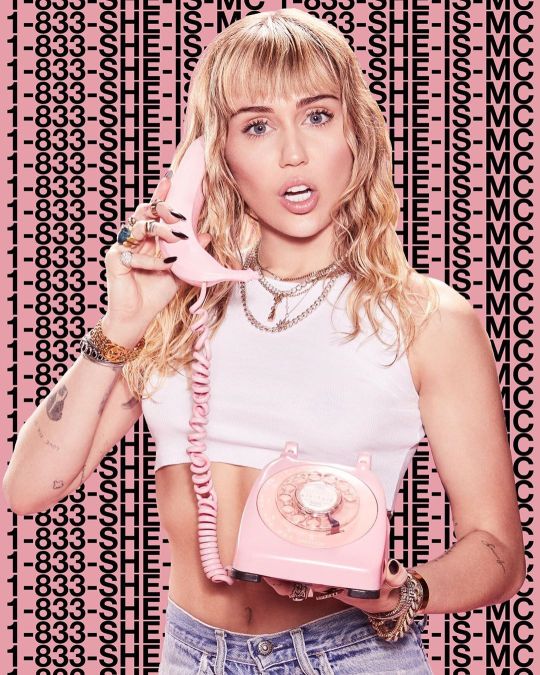
Photo: Vijat M
READ: Ariana Grande: From Cat Valentina to a Generation-Defining Pop Princess
Few childhood artists have maintained the level of cultural relevance and influence that, for better or worse, Miley Cyrus has wielded over the years with all the force of a wrecking ball. At 26 years of age, she stands as one of the most recognizable figures in music, largely in part to how varied her journey through this ever-evolving music landscape has been. It would be no understatement to say that a generation grew up alongside Cyrus, watching her evolution as an artist unfold in the absolute most unexpected of ways.
If you asked anyone years ago if Hannah Montana would be playing a self-aware A.I. version of her titular character in a Netflix show highlighting dystopic narratives that often mirrors reality a bit too closely, you would likely be hit with, "What's Netflix?," cause the year is 2006 and Hannah Montana just began airing. So, in our latest Where Are They Now? piece and now-realized moment of shocking foresight, we look back at how Miley Cyrus went from a tween pop icon to keeping the world's attention with bated breath with her every move.
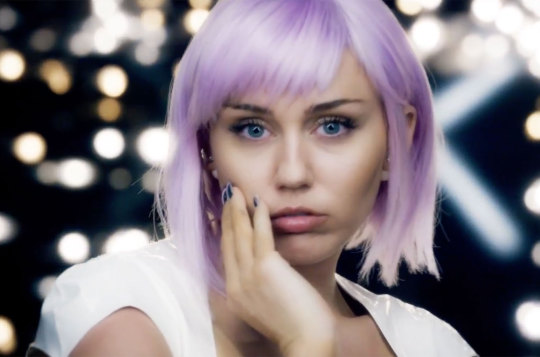
To begin, Miley Cyrus was not born Miley Cyrus (nor was she born Hannah Montana); she was born Destiny Hope Cyrus to her mother, actress, and producer Tish Cyrus, and father, country superstar Billy Ray Cyrus. Eventually adopting her childhood nickname, "Smiley," and a middle name taken to honor her Democratic politician grandfather, Ronald Ray Cyrus, we emerge with the Cyrus we're all familiar with. But how exactly do we get from "Smiley" to perhaps the biggest child star of the mid-'00s?
Well, you can thank a 2001 production of Mamma Mia! for igniting a love for acting in an eight-year-old Miley's heart. Following said performance, she immediately confessed to her father that acting was undeniably what she wanted to do, thus leading to her television debut in her father's show, Doc. While neither her role of Kylie on Doc or the minor role of Young Ruthie in the 2003 Tim Burton-directed film Big Fish would prove to be the catalyst to stardom, there was a certain audition happening at this very moment in time - The Adventures of Sharkboy and Lava Girl in 3D.
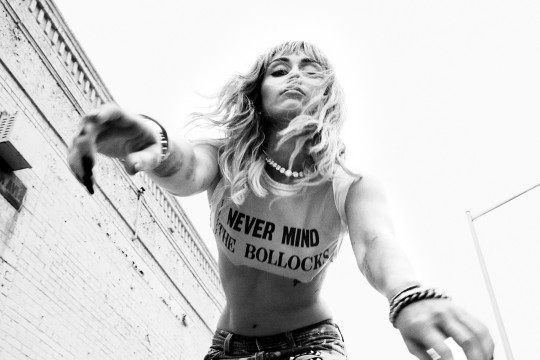
Okay, so no, Miley did not take up the title role of Lava Girl, but 2003 did see her audition for two major roles – the aforementioned Lava Girl and Hannah Montana. And while Miley Cyrus starring opposite Taylor Lautner in Sharkboy and Lava Girl is something we did not know we needed until this very moment, chances are her choosing to play Hannah Montana was probably for the best. That is not to say her playing the titular role was not a simple said and done feat.
As a matter of fact, Cyrus did not even originally audition for the role of Hannah Montana, but of the character's best friend Lilly Truscott. Yet, they saw something in a young Miley, except she was originally denied the part for being "too young and small." Thankfully for her, the kid could sing and act with the best of them, leading to her debuting as Hannah Montana in 2006.
The show was a hit. One of the highest-rated shows on cable, an admitted guilty pleasure amongst critics, and the vehicle that launched Miley Cyrus to the level of teen idol, Hannah Montana was an international sensation. In fact, the soundtrack to the show, which was released under the name of Hannah Montana, topped the Billboard 200 chart and made Cyrus the first act within the Walt Disney company to have deals in television, film, consumer products, and music.
The next few years would arguably be the peak of Miley Cyrus and Hannah Montana fever. From movies and concert films, a Golden Globe nomination for her theatrical debut in the animated film Bolt, tours that Ticketmaster officials likened to The Beatles and Elvis Presley in regards to the overwhelming demand for tickets, launching a fashion line, the youngest artist in history to have four number one albums on the Billboard chart, to even performing for the Queen and the Royal Family, the world seemingly belonged to Miley Cyrus.
And then came 2010. The year would see Cyrus starring in a film adaption of the Nicholas Spark novel, The Last Song, opposite husband to-be Liam Hemsworth, which while commercially successful, was critically panned. The year would continue to see Cyrus attempt to distance herself from the Hannah Montana brand with the release of Can't Be Tamed. The album received widespread controversy over its more dance-oriented stylistic shift and suggestive lyrical content and performance. Yet, it was the finale of Hannah Montana and its final studio album, which was a commercial failure, that signified the end of Hannah Montana and Cyrus' role as a teen idol.
Deciding to move away from the world of music and fully pursue acting, Cyrus' transition away from the visage of a teen idol was not without its difficulties. The next two years would see her make a number of odd film and television appearances, including the Justin Bieber - revived Punk'd and Demi Moore - assisted independent film LOL.
However, it was not Cyrus' puzzling endeavors in the world of film and television that would make its mark on the world but her grand return to music in 2013. Returning with a provocative look that saw her cutting off all her hair and dying it blonde, as well as a heavily hip-hop influenced sound thanks to collaborations with Snoop Dogg, Pharrell Williams, Mike Will Made-It and more, "We Can't Stop" was Cyrus' comeback moment. Simulated sex acts via foam finger and all, the reaction was described with an outpouring of sentiments - disturbing, triumphant, cringe-worthy. However, you felt about Cyrus' return, it was anything but a bore.
"We Can't Stop" was followed by arguably Cyrus' most iconic moment, "Wrecking Ball." The video, which starred a nude Cyrus swinging atop a wrecking ball, was viewed over nineteen million times on the first day alone. The vast departure in aesthetic and sound would be fully-realized on Cyrus' fourth studio album, Bangerz. The album and subsequent tour received widespread controversial attention for its salacious nature, but prudes be dammed, as both the album and tour were a resounding commercial success.
While we will likely never get another outright sex-fueled moment of hip-hop Cyrus, or her equally left-field psychedelic stint with The Flaming Lips, Cyrus' comeback story is as good as they come. It is a story that has allowed her to step out of the teen idol shadow and into any role possible, a notion 2019 turns to fact.
2019 has witnessed yet another resurgence in the world's infatuation with Cyrus. Kicking it all off with the announcement that she would star in season 5 of the hit Netflix show Black Mirror as Ashley O, a pop star whose life begins to unravel. The gritty reboot of Hannah Montana we had all been waiting for has even gone as far as to bleed into real life with a Glastonbury performance that saw Cyrus performing as Ashley O.
Yet, what is potentially even more exciting than Cyrus existing as a real-life dystopic commentary is Cyrus' upcoming seventh studio album, She Is Miley Cyrus. Set to be released later this year, the highly-anticipated album will be preceded by three EPs–the first of which, She Is Coming, dropped at the end of May and features everyone from RuPaul to Ghostface Killah. So, what can we expect from She Is Miley Cyrus? Well, based on her journey through music thus far, it is anyone's guess, but we can promise it will not be a bore.

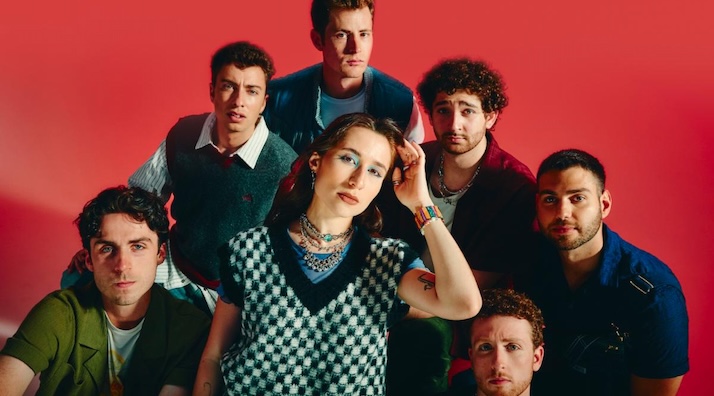
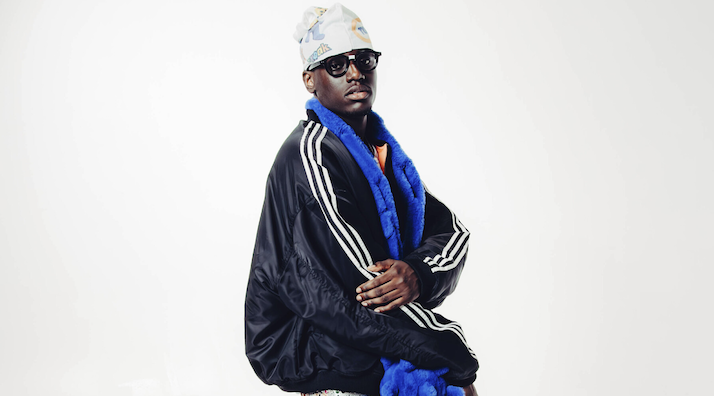
![Evann McIntosh Recommends Driving in Convertibles with Your Friends [Q&A]](https://s3-us-west-2.amazonaws.com/onestowatch-v2/free_ride_press3-1765837023.png)